In a 12-page patent request originally filed in May of last year and published for the first time last week, the Mac maker notes that significant increases in the computational performance of electronic devices over the past few years has made it harder to maintain acceptable internal and external operational temperatures in those devices.
"Portable devices, such as laptop computers, cellular telephones, and personal digital assistants have additional design constraints which make it even harder to manage thermal load," the company said.
In particular, Apple noted that size and weight limitations in such devices can make it difficult to achieve desired operational temperatures. For example, in many portable devices the size and weight of metal heat sinks may be prohibitive, while battery life constraints in such devices may limit the available power for active cooling mechanisms, such as fans.
As a potential solution, Apple proposes a system that includes a power source that is coupled to a heat pipe, where the power source includes an integrated circuit.
"This heat pipe may contain a liquid coolant that has a density greater than a first pre-determined value at room temperature," the filing explains. "A pump is coupled to the heat pipe is configured to circulate the liquid coolant through the heat pipe. Furthermore, a heat exchanger coupled to the heat pipe is configured to transfer heat from the heat pipe to an environment external to the computer system."
More specifically, Apple said the the heat pipe could have a solid copper jacket with a hollow interior that includes a liquid coolant such as water, a coolant in an R133 group of coolants, or a coolant in an R134 group of coolants. The coupled pump would then circulate the liquid coolant, facilitating heat transfer from a power source in the computer system to forced-fluid drivers — such as fans — that would be located at opposite ends of the heat pipe.
The forced-fluid drivers could also circulate a fluid via fluid-flow ports — such as vents — that are tapered such that a cross-sectional area decreases as fluid flows from inside of the computer system to outside the computer system.
"For example, the fluid-flow ports may constitute a Venturi tube," the filing explains in more detail. "Note that this decrease in area may give rise to a Bernoulli effect in which a partial vacuum at the output of the fluid-flow ports (and at the input to fluid-flow port) reduces and/or eliminates recirculation of the fluid flows, thereby reducing the temperature inside of the computer system."
Other variations of the invention could include a mechanical pump or an electrostatic pump. Alternatively, the pump could be configured to circulate the liquid coolant using mechanical vibration such as ultrasonic frequencies of a membrane.
A move towards liquid cooling on its notebook lines wouldn't be Apple's first foray into the liquid cooling Mac business. In the spring of 2004, the company introduced the liquid-cooled dual 2.5GHz PowerMac G5.
The cooling systems were developed for Apple by Troy, Mich-based Delphi, also known as Delphi-Harrison — a former division of General Motors. As such, they resembled miniature automobile radiators and included a pump, radiator, grills, and a power cable [visual diagrams].
Use of the liquid cooling systems were short lived, however, as they were prone to leaks. As the systems aged, coolant would spill out of the pipes, damaging users' property while also frying many of the PowerMac's internal components along the way. In several cases, Apple determined that it was uneconomical for them to repair the systems and instead began replacing them outright on its own dime.
 Slash Lane
Slash Lane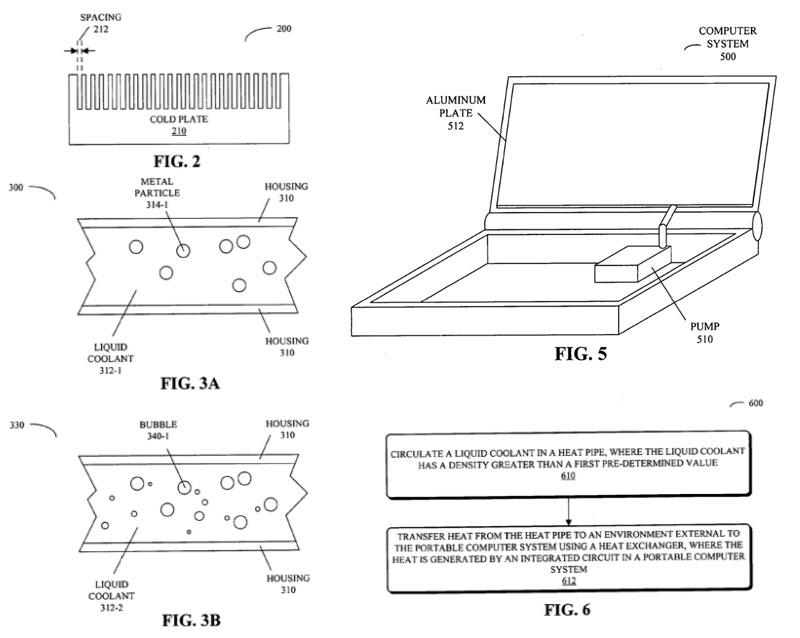
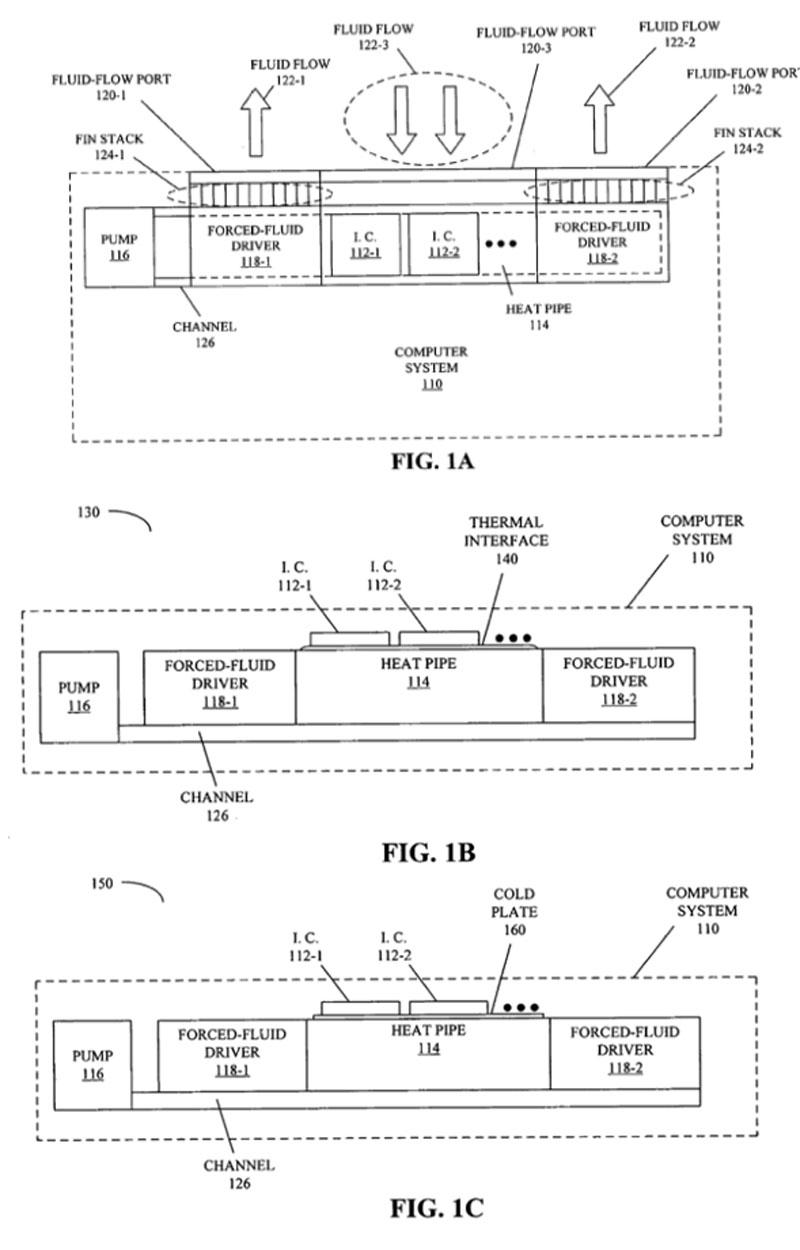
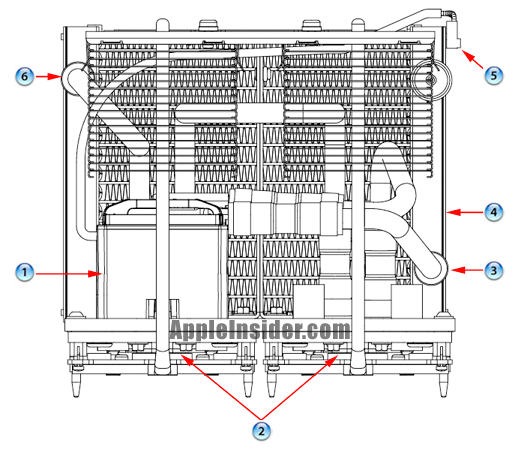


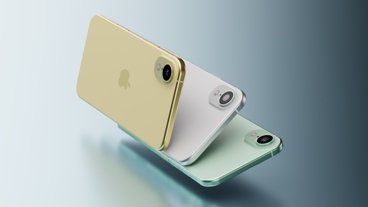
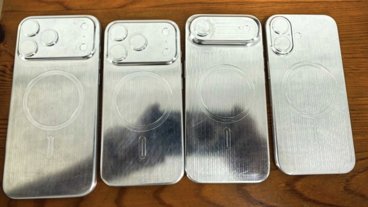



-m.jpg)






 William Gallagher
William Gallagher
 Chip Loder
Chip Loder
 Wesley Hilliard
Wesley Hilliard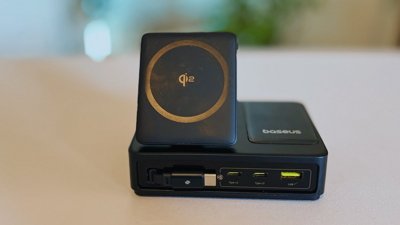
 Amber Neely
Amber Neely
 Marko Zivkovic
Marko Zivkovic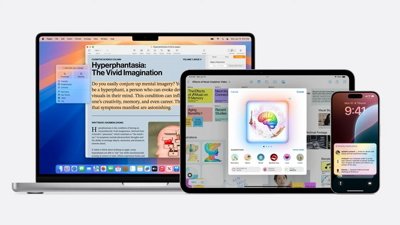
 Malcolm Owen
Malcolm Owen
 Andrew O'Hara
Andrew O'Hara
 Christine McKee
Christine McKee








39 Comments
Why is it "the Mac maker" rather than "the Cupertino-based Mac maker" ?
They allready do use a liquid for cooling. They use heat-pipes as seen in this x-ray:
http://jason.de-villa.net/blog/?p=230
I'm pretty sure the first heatpipes I saw in a mac was my 800MHz lampy iMac.
Sheldon
Copper filled with fluid? Sounds heavy, unless they get rid of the heat sinks all together.
I was one of the unfortunate owners of a liquid-cooled Dualie G5. It died suddenly and without notice in around (perhaps less) two years of use. The only time I didn't have applecare, too.
As such, I can't say I'm excited to read this news. Laptops get bumped and shaken around a lot more due to their mobility. Any liquid solution they come up with had better be MUCH more reliable.
Did they not learn anything from the coolant leaks on the G5. Besides, liquid cooling adds uneed bulk and weight